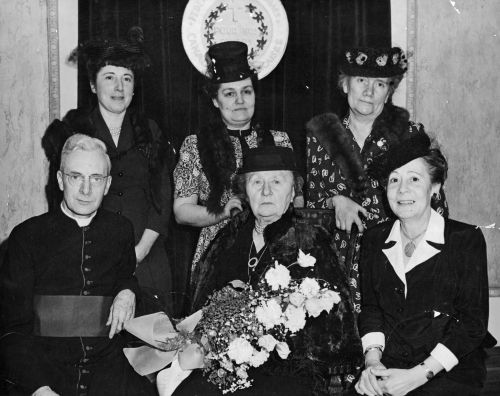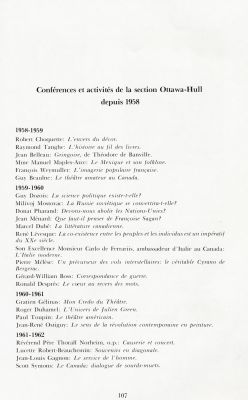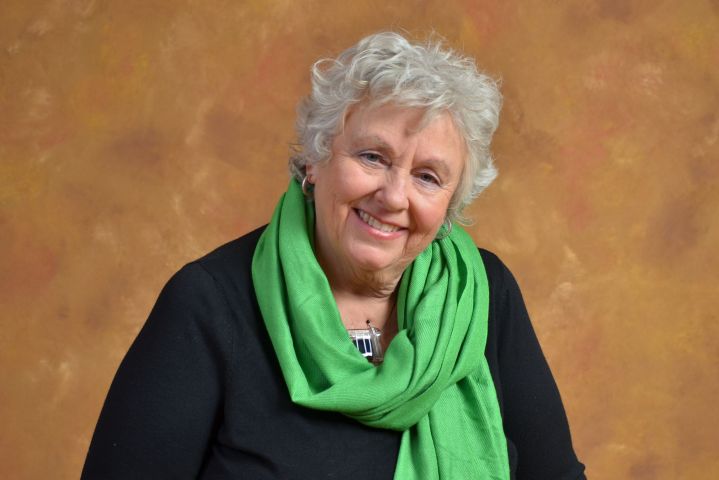At the beginning of the 20th century, women are evolving at the margins of the political arena. They have little access to the world of employment, trades or liberal professions. Instead, they are active in educational institutions, hospitals and orphanages when they do not join the ranks of religious communities. They work in community support and become involved in a variety of causes. Ottawa will be the birthplace of French Canada’s most important women’s associations. Their presence bears witness to a sisterhood firmly rooted in history, even anticipating certain demands of contemporary feminist movements.
The Fédération nationale des femmes canadiennes-françaises (FFCF) is the first non-religious grouping of French-speaking women to emerge outside of Quebec. Founded in 1914 by Almanda Walker-Marchand to support the war effort, the FFCF, then called the Association des dames canadiennes-françaises, gradually re-orients its mission to defend the interests of Francophone women in social, economic and political affairs. Beginning in the 1960s, the FFCF sensitizes Francophone women in minority communities about their situation and their needs. It fights to obtain adult education programs in French. The Federation is also involved in several political issues, including the well-known C’est l’temps movement.
While the FFCF strives to raise the awareness of women regarding public affairs, other associations focus on defending a more traditional conception of their role in society. This is particularly the case for the Jeanne Le Ber circles, founded in Ottawa in 1943 to promote household arts, but above all to enable its members to “preside with skill and intelligence over the life of a household” and to fulfill their “family duties.”1 The work of this organization is part of a broader movement to re-evaluate domestic work and encourage women to return to their home after World War II, during which many Canadian women invested in the employment sector and took a temporary leave from their traditional functions.
Meanwhile, an association such as the Société d’étude et de conférences, which opens a section in the Ottawa-Hull region in 1946, promotes the continuing education of women. This extremely active organisation organizes literary competitions, exhibitions, trips and lectures. It grants scholarships to women wishing to pursue their studies at the Bachelor’s level. At a time when access to higher education is still filled with obstacles for women, these initiatives are at least forward-thinking. Also noteworthy are eminent Francophone women from the Ottawa-Hull area who chair the Société in Montréal: Georgette Lamoureux (1974-1976), Marie-Paul Stewart (1983-1985) and Régine Wyczynski (1993-1995).
During the 1980s, this world of women’s associations gradually expands. It results in a network of groups and services for Francophone women in Ontario, with Ottawa at the epicentre. The Centre d’accès pour femmes de l’Est is established in 1982 to promote access to employment and help women integrate into the labour market. The Réseau national d’action éducation femmes is created in 1983 to meet the education and training needs of Francophone women at the national level.
1 Bulletin published by the Association des “Jeanne Le Ber,” vol. 1, no. 3, June 1946, University of Ottawa, CRCCF, C49/1/1 (translated from the original).
Members of the Fédération des femmes canadiennes-françaises (FFCF) national executive, in the company of chaplain René Martin; Almanda Walker-Marchand, President and founder; and Wilhelmine Desrosiers. Standing: Rose Laplante, Ms. Hector Santiago, Agnès Gauthier, Ottawa, 1945. Photo: Lucien Racine.
Source: University of Ottawa, CRCCF, Fonds Fédération nationale des femmes canadiennes-françaises (C53), Ph52-1.




